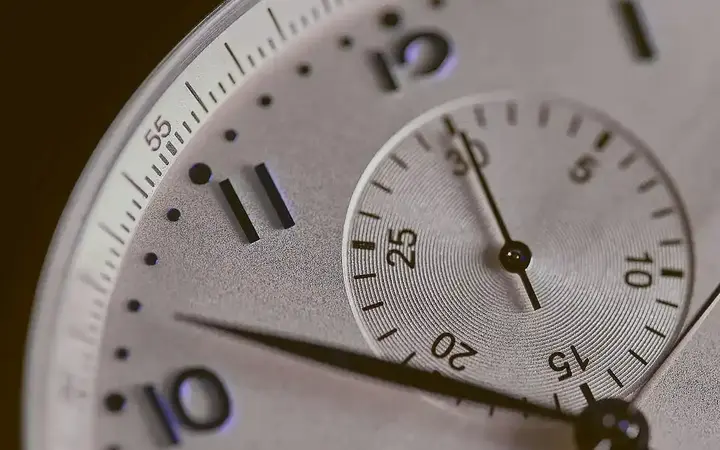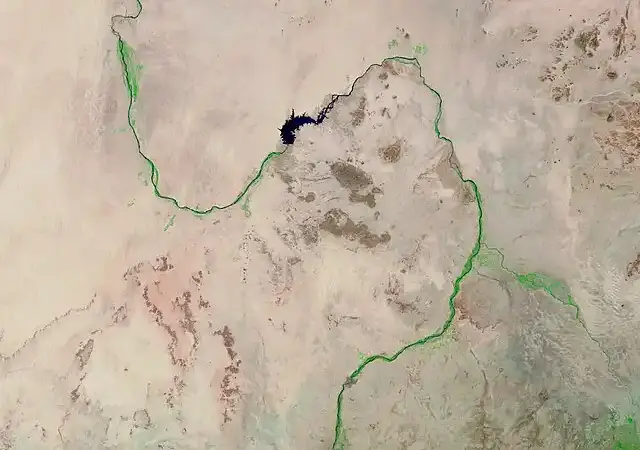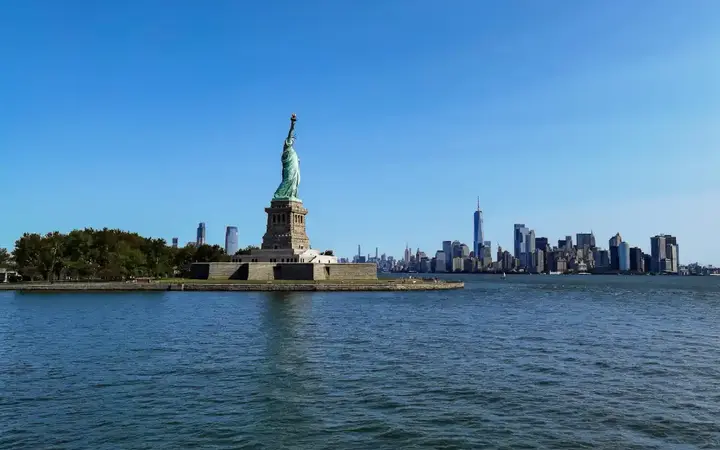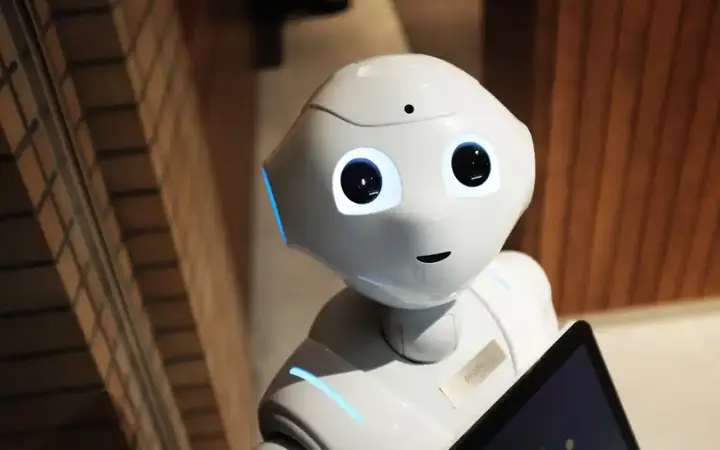How a failed experiment led to Einstein's first big revolution
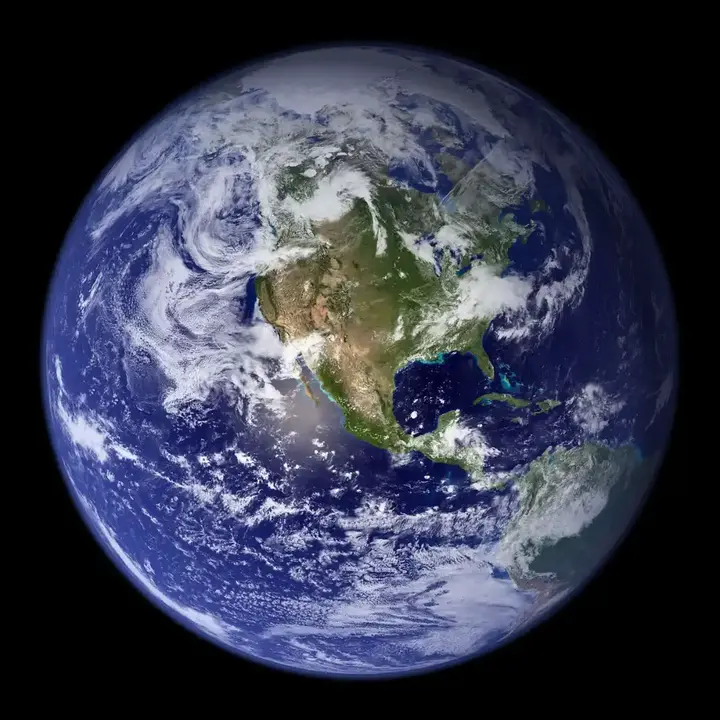
Imagine living in the late nineteenth century, thinking about one of the most important physical phenomena in the universe: light. There are a number of things that we take for granted today, that were already known about light. We knew, for example, that light travels at about 300,000 km/s, exhibits wave-like behaviors such as interference and diffraction, and that it is an electromagnetic wave, that is, two vibrating electric and magnetic fields. Like all known waves, it needs a physical medium to propagate through, just as water waves need water, seismic waves need earth, and sound waves need a medium to propagate. Light was assumed to have a medium as well, known as luminous ether. But the properties of the ether were unknown and difficult to detect; it is not an ordinary medium, since light spreads through the void, like the void that separates the Earth from the sun.
Recommend
Show key points
- In the late 19th century, light was believed to require a medium called the "luminous ether" to propagate, similar to how other waves need a medium.
- Albert A. Michelson designed an interferometer experiment, later refined with Edward Morley, to detect the presence and effects of ether on light’s speed.
- The experiment involved sending two beams of light in perpendicular directions and attempting to detect interference patterns that would indicate differing light speeds due to Earth's motion through the ether.
- ADVERTISEMENT
- Despite repeated trials and improvements, the Michelson-Morley experiment consistently failed to detect any differences in light speed or interference shifts, leading to a "negative result."
- Attempts to preserve the ether theory followed, including the concepts of ether drag and length contraction by Fitzgerald and Lorentz, but these explanations became increasingly complicated and ultimately unconvincing.
- In 1905, Einstein proposed the revolutionary idea of special relativity, asserting that the speed of light is a constant and does not require a medium, eliminating the need for the ether entirely.
- Although the experiment’s original purpose failed, its unexpected outcome played a crucial role in the development of modern physics and earned Michelson a Nobel Prize, highlighting its profound scientific influence.
In the eighties of the nineteenth century, Albert Abraham Michaelson devised a method for detecting and measuring the effects of ether. The failure of the experiment known as the Michaelson-Morley experiment led to the greatest revolution in the history of science.
Law of Synthesis of Speeds:
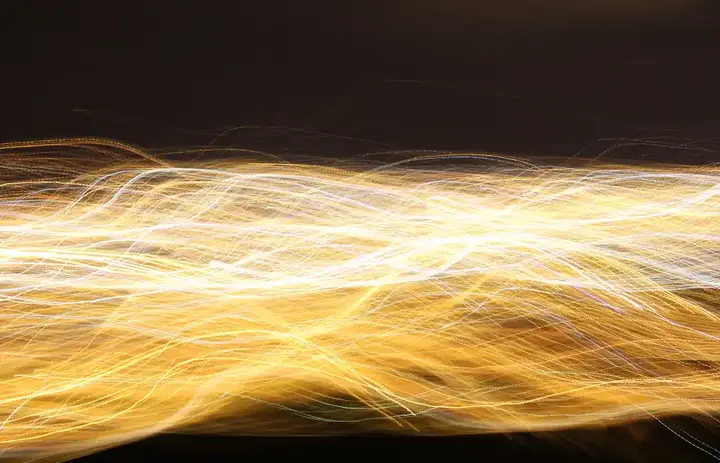
Since the time of Galilee, we know how velocities are combined in the case of conventional low-velocity ordinary objects. When a fish swims in a river, for example, it will take a different amount of time if it travels a certain distance against the current and returns with the current to its starting point, compared to traveling the same distance perpendicular to the current and back to its starting point, due to the effects of the river current on it. Whereas if the fish were swimming in still water, these two times would be equal. That is, the direction in which the fish swims does not matter at all.
Michaelson interfering device:
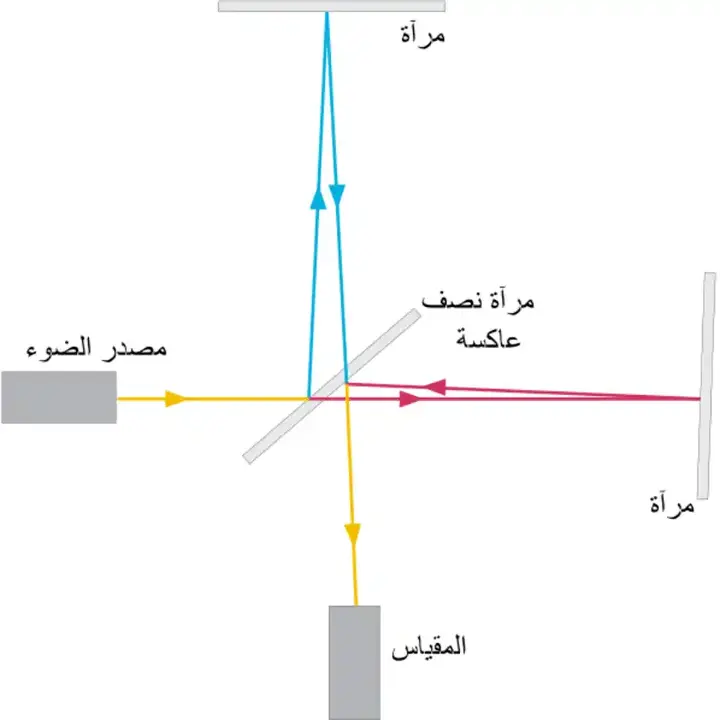
Michaelson decided to use a similar method to test the behavior of light as it travels through the so-called ether. We don't have a "river" that acts as an intermediary through which light travels, because light simply travels through space. But we have something like a raft over that river: planet Earth, which orbits the sun at an average speed of about 30 km / s.
Michaelson's idea was to send two rays of light in perpendicular directions, as if they were fish swimming in a river: one beam goes against the "current" and then returns to its starting point after being reflected from a mirror, and the other crosses the "river" accidentally and then returns to its starting point after being reflected from a mirror. The current here arises or is assumed to arise from the movement of the Earth through the ether. When these two separate rays of light return to their starting point, we recombine them to see if there is even a small difference in light path between them, which would produce an interference pattern.
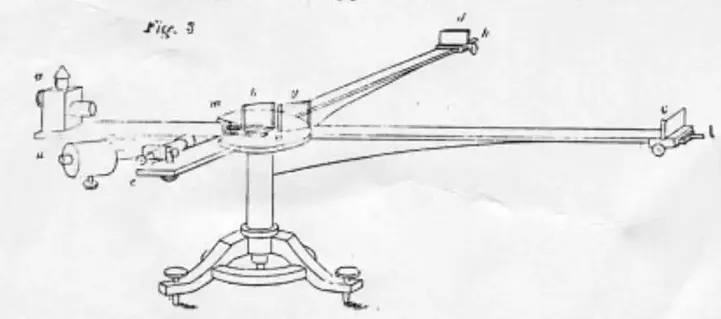
As Michael imagined, if the instrument were completely stationary relative to the ether, the light emitted by the two rays would travel the distance traveled in the same time. When these rays merge again, we will not notice any change in the interference pattern. However, if the device is in motion relative to the ether due to the Earth's movement around the sun, similar to the way a floating raft moves over a river due to the current beneath it, the light will take longer to cut the direction that moves with the ether than the direction it moves perpendicular to it and this is the crucial test.
Negative result:
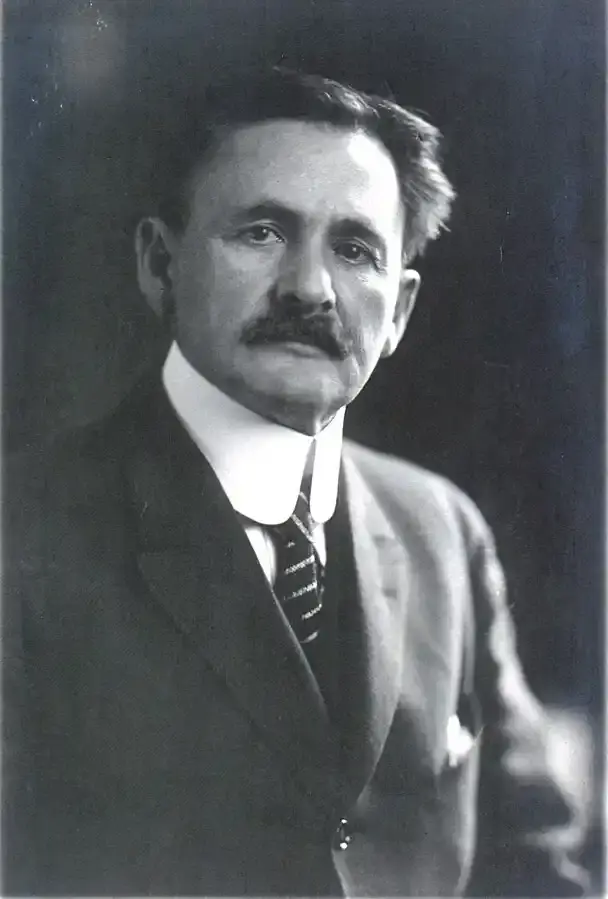
Michaelson created, in two stages, an interferometer in collaboration with Edward Morley. The two prepared and implemented several improvements to this experiment. By 1887 and 1888, they had made an interferometer that could be rotated on a platform at any angle they wanted at any time of the day, at any time of the year. They did not get any difference in path difference and therefore a difference in the speed of light between the two directions whatever the time of day and whatever the time of year. With this negative result they could not show the presence of ether.
But the Michaelson-Morley experiment did not immediately lead to the rejection of ether. Some have claimed that the ether was "dragging" with the earth, meaning that the earth must be in common motion with the ether. But this claim soon turned out to be wrong, as the observed stellar eccentricity phenomenon and Fizo's previously conducted experiment ruled out the ether drag hypothesis. The next attempt to interpret Michaelson-Morley's observations was by George Fitzgerald and Hendrik Lorentz, who suggested that when objects move at a speed close to the speed of light, they experience lengths shrinking in the direction of motion. By reducing the length of light moving with Earth's orbit, a negative outcome can be predicted again, thus saving the ether hypothesis if one insists on it.
Special Relativity:
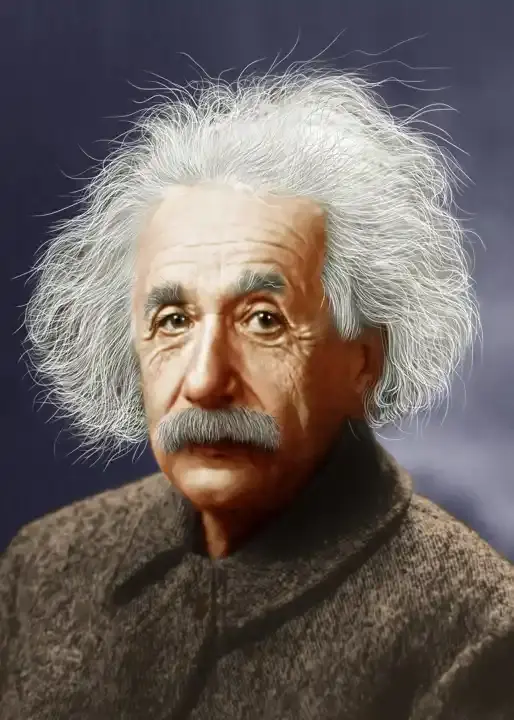
In fact, the ether hypothesis survived until 1905, when a young physicist named Albert Einstein finally solved the mystery. Instead of relying on ether, Einstein took an entirely new approach, by considering the possibility that the true constant quantity in nature was actually the speed of light. In other words, the question of whether the ether is stationary relative to the Sun, dragged with the Earth, or dragged in a more complex way as Lorentz suggested, can all be eliminated if we assume instead that there is no necessary medium through which light propagates; The only problem was that neither space, nor time, nor motion would be absolute, but all observers must agree that the speed of light is the only constant magnitude.
Thus arose the theory of special relativity.
The end:
Despite its negative result, the Michaelson-Morley experiment remains, to this day, one of the most scientifically influential experiments in the history of science. This was reflected in 1907, when Michaelson was awarded the Nobel Prize in Physics for his "precision optical instruments and spectral studies carried out with their aid." Einstein's special relativity did not win the Nobel Prize.
![]()
Does pregnancy accelerate "biological aging"?
A study in the Philippines found that pregnancy may speed up biological aging in women, with each pregnancy linked to about 4 to 4.5 months of aging. This effect wasn't seen in men, and varied depending on context. Researchers hope these insights might guide future anti-aging treatments. more- ADVERTISEMENT
![]()
What is the future of electric vehicles in the Arab world?
Electric vehicles are gaining ground in the Arab world as countries push for cleaner air, energy independence, and economic diversification. Governments like Saudi Arabia and the UAE are investing big, launching strategies, and building infrastructure to support EVs, while also partnering with global companies to boost innovation and job creation. more- ADVERTISEMENT
![]()
Polar bears and climate change: the threatened future of Arctic icons
Polar bears, majestic symbols of the Arctic, face a deeply troubling future as climate change melts their icy habitat, disrupts their food sources, and puts pregnant females at greater risk. With shrinking ice and rising temperatures, their survival grows harder, making urgent global action vital to protect these stunning creatures. more- ADVERTISEMENT
![]()
First Steps to Investing: Practical Tips to Build Your Wealth
Starting your investment journey? Learn the basics, explore different asset types, and build a balanced plan tailored to your goals and risk tolerance. Stay patient, diversify wisely, and avoid common mistakes like investing with borrowed money. Smart moves now can shape a brighter financial future. more- ADVERTISEMENT
![]()
Can you really master a skill by learning for one hour a day?
Can You Really Master a Skill by Learning for One Hour a Day? more- ADVERTISEMENT
![]()
The Nile: Africa's lifeline and the longest river in the world
The Nile River, Africa’s lifeline, flows through eleven countries and supports over 450 million people. Its mysterious origins, vital role in agriculture, and the rising political tensions over water use make it a symbol of both unity and conflict, highlighting the urgent need for cooperation and sustainable management. more- ADVERTISEMENT
![]()
Honoring Arab-American Heritage, Stories and Changemakers
Arab Americans have shaped U.S. culture for centuries, with waves of immigration starting in the 19th century. Today, they lead in law, literature, comedy, and medicine—like poet Khalil Gibran and comedian Maysoon Zayed. In 2022, April was officially designated as Arab-American Heritage Month to celebrate their contributions. more- ADVERTISEMENT
![]()
Bermuda Triangle Puzzle
The Bermuda Triangle remains a thrilling mystery filled with tales of vanishing ships, eerie time loss, and ghostly weather. Despite scientific theories and advanced research, the true cause of these disappearances continues to puzzle and intrigue the world. more- ADVERTISEMENT
![]()
The impact of robotics on elderly care: between technology and social impact
Robots can support elderly care by helping with tasks and offering companionship, but they can’t replace the warmth of human connection. While useful, concerns about empathy, privacy, and emotional dependence raise questions. Balancing efficiency with genuine care remains crucial for a humane and ethical approach to elder support. more- ADVERTISEMENT
![]()
A book that may interest you - stop pleasing others
A book that might interest you - Stop People Pleasing more- ADVERTISEMENT
















